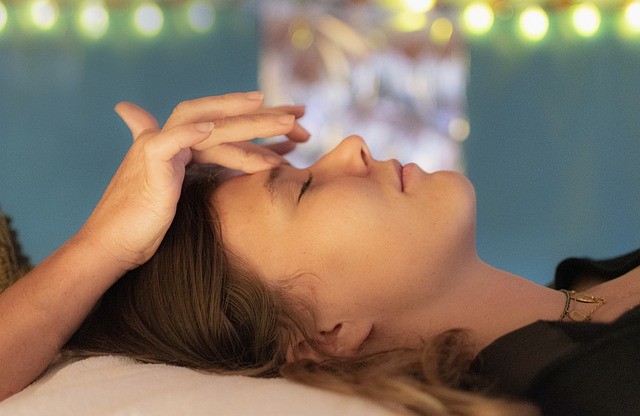Unraveling the Mysteries of Reiki
Reiki is a profound practice that has been captivating the minds and hearts of individuals seeking holistic healing and spiritual balance. Originating from Japan, Reiki, which translates to “universal life energy,” is a healing technique based on the principle of channeling energy through the hands to promote relaxation, reduce stress, and stimulate healing.
Understanding the Essence of Reiki
At its core, Reiki operates on the belief that an unseen life force energy flows through all living beings. This energy is what sustains life and is responsible for our well-being. However, when this energy becomes blocked or depleted, it can manifest as physical illness or emotional distress. Reiki practitioners act as conduits for this universal energy, allowing it to flow freely through their hands and into the recipient, facilitating a state of balance and harmony.
The Three Pillars of Reiki
Reiki is built upon three fundamental pillars that serve as guiding principles for practitioners:
Gassho – The practice of bringing the hands together in a prayer-like position to center oneself and connect with the universal life force energy.
Reiji-Ho – The technique of invoking divine guidance to guide the practitioner’s hands to where they are most needed during a session.
Chiryo – The method of applying hands-on healing to specific areas of the body, promoting relaxation and facilitating the body’s natural healing process.
The Healing Benefits of Reiki
Reiki offers a myriad of benefits for both physical and emotional well-being:
Stress Reduction: By promoting deep relaxation, Reiki helps to alleviate stress and tension stored in the body, fostering a sense of calm and tranquility.
Pain Relief: Through the release of blocked energy and the stimulation of the body’s natural healing mechanisms, Reiki can help to reduce pain and discomfort.
Emotional Healing: Reiki sessions can facilitate the release of emotional blockages and traumas, allowing individuals to experience profound healing on a mental and emotional level.
Improved Sleep: Many individuals report experiencing better sleep quality and patterns following Reiki sessions, as the practice promotes relaxation and reduces insomnia.
The Reiki Session Experience
A typical Reiki session begins with the recipient lying comfortably on a treatment table, fully clothed. The practitioner then places their hands lightly on or slightly above various areas of the body, allowing the energy to flow where it is most needed. Each session is unique to the individual, with experiences ranging from sensations of warmth and tingling to deep relaxation and emotional release.
Reiki Training and Certification
For those interested in becoming Reiki practitioners, comprehensive training and certification programs are available. These programs typically consist of multiple levels of training, each building upon the principles and techniques of Reiki. Upon completion of training and attunement by a Reiki Master, individuals are empowered to practice Reiki on themselves and others, spreading healing energy wherever they go.
Integrating Reiki into Daily Life
Beyond formal Reiki sessions, the principles of Reiki can be integrated into daily life to promote overall well-being. Simple practices such as self-Reiki, meditation, and mindfulness can help individuals maintain balance and harmony in mind, body, and spirit.
Unlocking the Power of Reiki for Holistic Healing
In conclusion, Reiki offers a powerful pathway to holistic healing and spiritual growth. By tapping into the universal life force energy that flows through all living beings, Reiki practitioners can facilitate profound transformations on physical, emotional, and spiritual levels. Whether you are seeking relief from pain, stress, or emotional turmoil, Reiki holds the key to unlocking your body’s innate healing potential.

